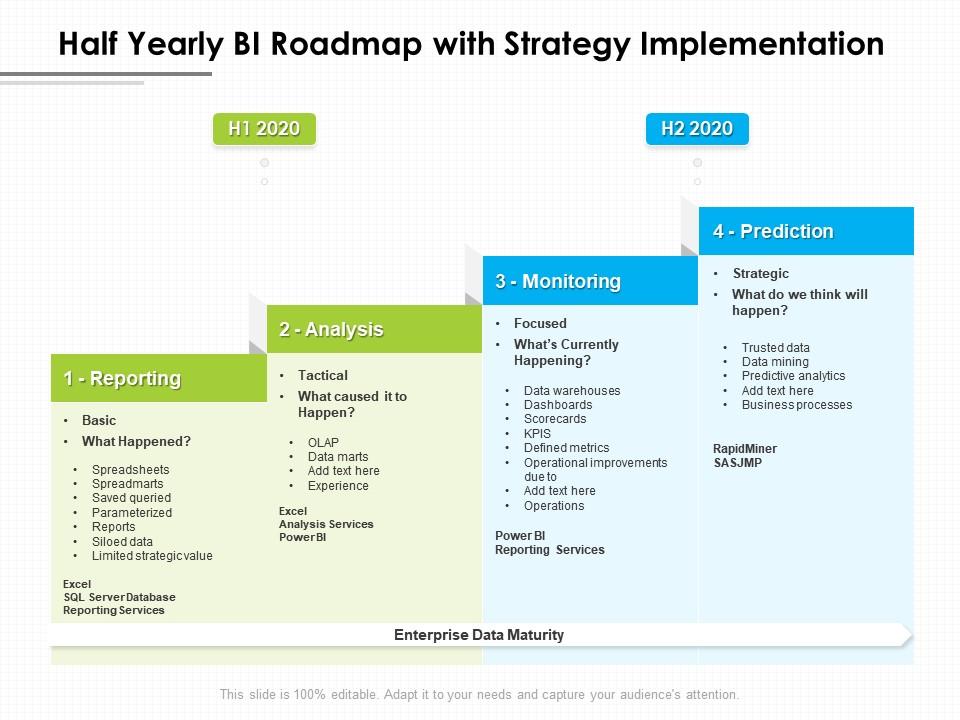

This vast amount of data, or "big data," has made business intelligence systems relevant for companies that want to harness its power for a competitive advantage. German market research firm Statista estimates the volume of data created worldwide by 2024 will be 149 zettabytes. A user interface (usually an interactive dashboard with data visualization reporting tools) provides quick access the information.Business performance management (BPM) tools monitor and analyze progress towards business goals.Business analytics or data management tools mine and analyze data in the data warehouse.A data warehouse stores company information from a variety of sources in a centralized and accessible location.BI includes multiple tools and techniques to transform raw data into meaningful and actionable information. What Is Business Intelligence (BI)?īusiness intelligence refers to the technology that enables businesses to organize, analyze and contextualize business data from around the company. Plus, we share examples of how some of the most tech savvy companies are using BI.
#Business intelligence strategy and roadmap pdf software
We explain how implementing BI software can give companies of any size a competitive edge.
Middle East, Nordics and Other Regions (opens in new tab)īusiness intelligence (BI) provides data that helps companies make timely and informed decisions. United States/Canada (opens in new tab). Advertising & Digital Marketing Agencies. Advertising and Digital Marketing Agencies. “With the expertise provided by XTIVIA, I have no doubts that my vision and goals for PDC’s Business Intelligence are in the right hands. Diminished efficiency and productivity of human resources. Unreliable profit/loss information at various levels of operations. Tedious and time-consuming effort to collect/deliver information. Misidentification and use of mission critical assets. Team XTIVIA continues to support this program with ongoing production support, project/enhancement implementations and continued implementation of data governance strategy. The third phase consisted of creating a portion of sustainable data integration strategy so that asset management was seamless with some core capabilities around master data management as it relates to surface and sub-surface equipment. This included identifying reliable source/s of data and utilizing that with minimal cleanup to add immediate operational value. The second phase/release of the project covered well profit and loss analytics and analytics necessary to manage “land” operations. This covered people, process and technology activities needed to support development activities (SDLC) for future releases. The first phase (or release) was to “stand up” the project. The goal here was to create plans to accomplish the overall strategy incrementally. The assessment resulted in a clear understanding of how well positioned PDCE was and what gaps existed. XTIVIA worked with PDCE, starting with a BI assessment and creation of roadmap. Lack of Reliable metrics to ascertain profit and loss for wells/routes. Lack of standards and naming conventions. Key Resources (people, processes, and technology) for Business Intelligence did not exist. 
Too many long cycles to collect/deliver key information.PDCE approached XTIVIA with a need to improve its operational efficiency when it came to assimilating and distributing information. (PDCE) leverages XTIVIA expertise to implement sustainable data governance practices and implement business intelligence strategy.






 0 kommentar(er)
0 kommentar(er)
